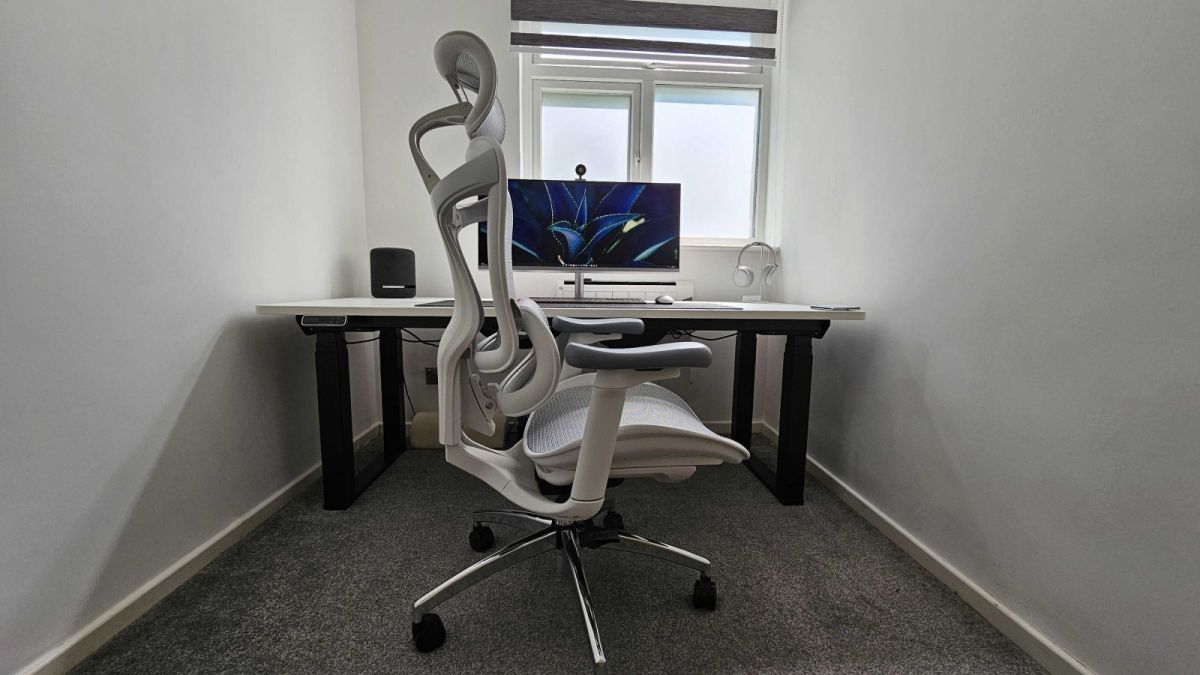An office chair sinking unexpectedly can be frustrating and disruptive, especially when you're trying to maintain an ergonomic posture and focus on your work. If you've ever encountered this issue, you're not alone. In this article, we'll explore practical solutions and useful tips to help you prevent your office chair from sinking. By following these steps, you can enhance your comfort, productivity, and overall work experience.
Choose a High-Quality Chair
Investing in a high-quality office chair is crucial for long-term comfort and durability. Look for chairs that offer sturdy construction, reliable hydraulic mechanisms, and robust materials that can withstand constant use. By selecting a chair from a reputable brand, you'll have a better chance of avoiding sinking-related issues.
Verify Weight Capacity
Before purchasing an office chair, check its weight capacity. Chairs are designed to support a specific weight range, and exceeding this limit can lead to premature sinking or other mechanical failures. Ensure that your chair's weight capacity comfortably accommodates your body weight to prevent sinking problems.
Inspect the Hydraulic Cylinder
The hydraulic cylinder is responsible for adjusting the height of your office chair. Over time, it can wear out or develop leaks, resulting in sinking. Regularly inspect the cylinder for any signs of damage, such as oil stains or visible wear. If you notice any issues, consider replacing the cylinder or contacting the manufacturer for repair options.
Adjust Chair Height Properly
Incorrectly adjusting the chair height can contribute to sinking. When sitting in your chair, ensure that your feet rest flat on the floor and your knees form a 90-degree angle. Adjust the chair height accordingly, allowing for comfortable leg positioning. This helps distribute weight evenly and reduces the strain on the hydraulic mechanism.
Tighten Loose Components
A loose base, screws, or other components can cause the chair to sink unexpectedly. Regularly inspect and tighten any loose parts, paying attention to the base, backrest, and armrests. Utilize appropriate tools and follow the manufacturer's instructions for tightening procedures.
Upgrade the Gas Lift
If you frequently experience sinking issues despite regular maintenance, consider upgrading the gas lift mechanism. Enhanced gas lifts are available in the market, offering improved durability and performance. Look for replacements specifically designed to prevent sinking problems and follow the installation instructions carefully.
Utilize a Chair Cushion or Lumbar Support
In some cases, adding an extra cushion or a lumbar support pillow can help alleviate sinking issues. These accessories provide additional support, redistributing weight and reducing the strain on the chair's hydraulic mechanism. Choose cushions or supports that match the contours of your body and provide adequate comfort.
Regular Maintenance
Preventive maintenance is key to ensuring the longevity of your office chair. Routinely clean the chair, removing any debris or dust that can affect its performance. Lubricate the moving parts as recommended by the manufacturer to minimize friction and promote smooth operation.
Conclusion
Office chair sinking can be a frustrating and uncomfortable experience, but by following the tips outlined in this article, you can effectively prevent it from happening. Investing in a high-quality chair, regularly inspecting and maintaining its components, and adjusting it properly will contribute to a more comfortable and productive work environment. Remember, a well-maintained office chair enhances your posture, reduces strain, and promotes a healthier and more enjoyable work experience.



